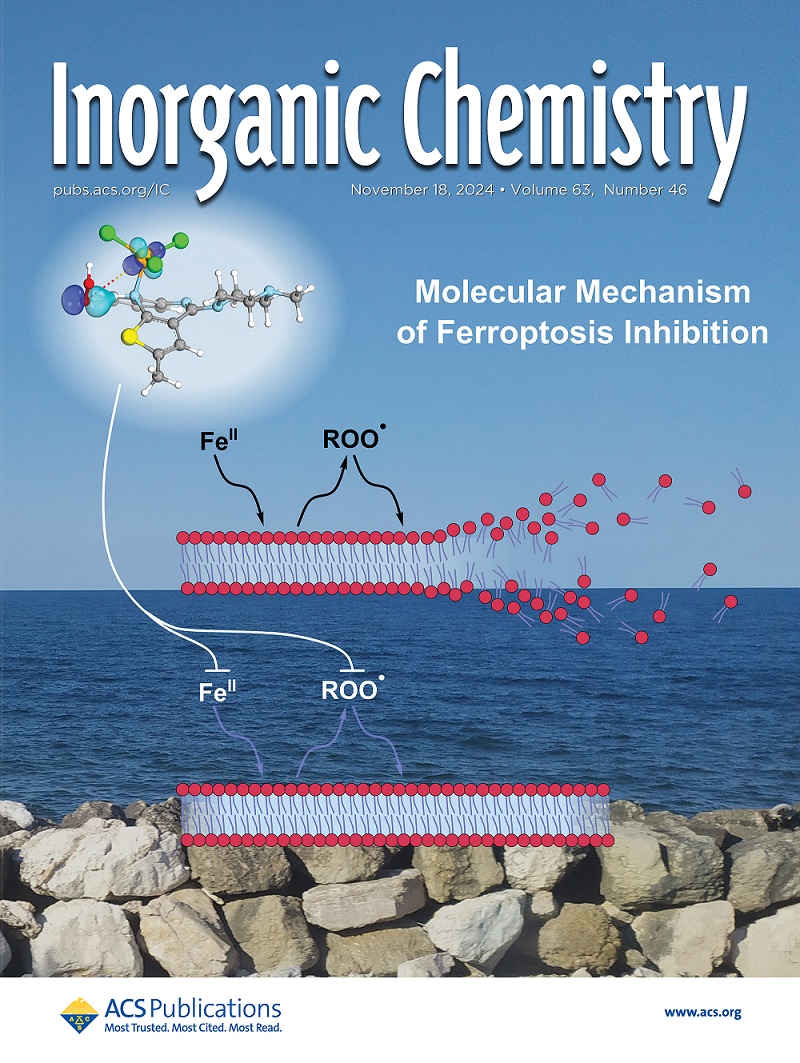Modulation of the Charge Carriers Transfer Pathway for Enhanced Piezocatalytic H2 Production and Dye Degradation.
IF 4.3
2区 化学
Q1 CHEMISTRY, INORGANIC & NUCLEAR
引用次数: 0
Abstract
In recent years, piezo-catalytic hydrogen production has been widely investigated for potential applications. Despite various strategies having been utilized to enhance the performance of piezocatalysts, there is a scant report on improving catalytic activity through the modulation of carrier migration pathways. Herein, we have successfully synthesized BiOCl with exposed {001} and {010} facets through facet engineering. The built-in electric field within the BiOCl crystals is oriented perpendicular to the {001} facets and parallel to the {010} facets, leading to differing charge carrier transfer pathways in the two samples. Specifically, in the BiOCl-010 sample, due to the electric field parallel to the nanosheet plane, charge carriers migrate along the x-axis. In contrast, in the BiOCl-001 sample, the electric field is perpendicular to the nanosheet plane, causing charge carriers to transfer along the z-axis, resulting in a shorter charge carrier migration distance. Consequently, BiOCl-001 demonstrates superior piezo-catalytic performance compared to BiOCl-010 toward H2 production and dye degradation. Both samples exhibit identical morphologies and similar energy band structures. Therefore, the enhanced performance is attributed to its shorter charge transport distance as well as the relatively higher piezoelectric coefficient associated with the {001} facets of BiOCl, which facilitates effective carrier separation.调节载流子转移途径增强压催化制氢和染料降解。
近年来,压电催化制氢得到了广泛的应用研究。尽管已经采用了各种策略来提高压电催化剂的性能,但通过调节载流子迁移途径来提高催化活性的报道很少。在此,我们通过facet工程成功地合成了具有暴露的{001}和{010}facet的BiOCl。BiOCl晶体内的内置电场垂直于{001}面,平行于{010}面,导致两个样品中不同的电荷载流子转移途径。具体来说,在BiOCl-010样品中,由于电场平行于纳米片平面,载流子沿x轴迁移。相比之下,在BiOCl-001样品中,电场垂直于纳米片平面,导致载流子沿z轴转移,导致载流子迁移距离较短。因此,与BiOCl-010相比,BiOCl-001在H2生成和染料降解方面表现出更好的压电催化性能。两种样品具有相同的形貌和相似的能带结构。因此,增强的性能归因于其较短的电荷传输距离以及与BiOCl的{001}面相关的相对较高的压电系数,这有助于有效的载流子分离。
本文章由计算机程序翻译,如有差异,请以英文原文为准。
求助全文
约1分钟内获得全文
求助全文
来源期刊

Inorganic Chemistry
化学-无机化学与核化学
CiteScore
7.60
自引率
13.00%
发文量
1960
审稿时长
1.9 months
期刊介绍:
Inorganic Chemistry publishes fundamental studies in all phases of inorganic chemistry. Coverage includes experimental and theoretical reports on quantitative studies of structure and thermodynamics, kinetics, mechanisms of inorganic reactions, bioinorganic chemistry, and relevant aspects of organometallic chemistry, solid-state phenomena, and chemical bonding theory. Emphasis is placed on the synthesis, structure, thermodynamics, reactivity, spectroscopy, and bonding properties of significant new and known compounds.
 求助内容:
求助内容: 应助结果提醒方式:
应助结果提醒方式:


